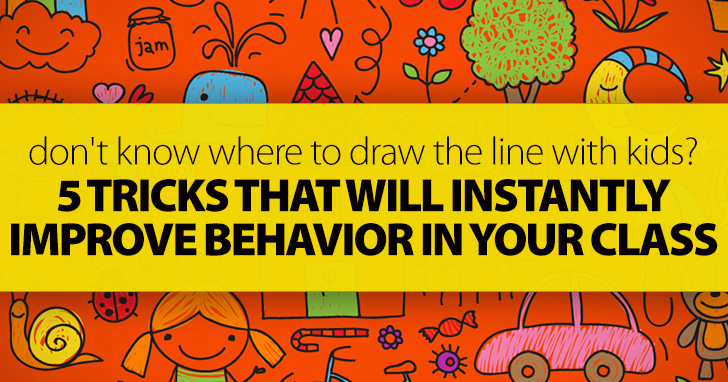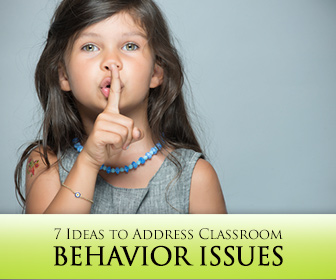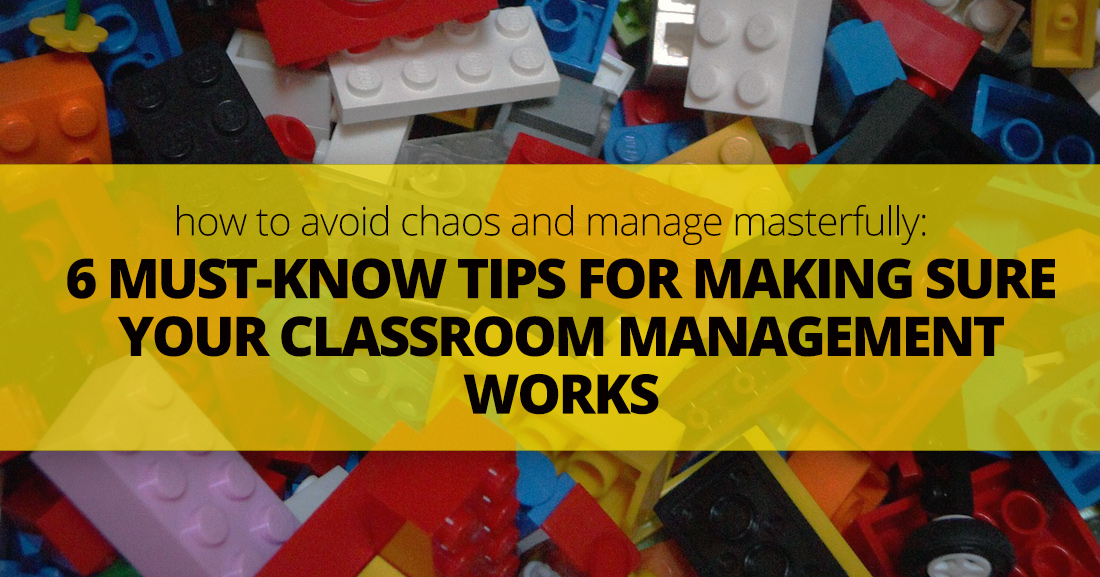When You Don't Know Where To Draw The Line With Kids: 5 Tricks That Will Instantly Improve Behavior In Your Class


They need to know that you have an honest interest in each one of them, not only as a class, but also as individuals.
 Consistency
ConsistencyThis is extremely important in controlling your classroom. Enforce all rules fairly and consistently. To become consistent, you need to remember to be objective in any situation. It is easy to be judgmental, but this is only a detriment to consistency. You need to look at all issues and evaluate each issue individually. You need to be fair, positive, and most of all, consistent.
 Documentation
DocumentationKeeping documentation when negative behavior occurs is not only smart, but useful tor evaluation. You should keep the date, time, and incident on record. Additionally, you need to include how you handled the situation and what occurred. Be brief, but be complete. One way to record is to maintain a recipe box where you have filed cards labeled with student names. When a disruptive behavior occurs, jot it down to be recorded later.
 Classroom Rules
Classroom RulesPost classroom rules and make sure that your rules are consistent with both the school building and school district policies. Discuss the rules and their consequences with the students. It is your responsibility to make sure that the students understand each rule. Students need to know the rules for classroom behavior and the consequences d breaking the rules. In good teaching, the teacher does not make idle threats. Remember that there will always be some students who will try the teacher and the rules. A teacher must be prepared for these students. It will happen.
 Breaking of Rules
Breaking of RulesWhat should you do when a student breaks a rule? First, do not put off the consequences. You need to address the infraction immediately and d irectly. If not, the problem that occurred may expand into a larger problem. Secondly, if you were to put off addressing the problem, the behavior and its consequences are minimized.
 General Rules
General RulesBe sure that your students understand the following;
 Body Language
Body LanguageThink of using body language to control students. Rather than orally disciplining, body language can be utilized. There are times when a mere signal will be effective. For example, if the room is too noisy, raise your hand. Wait until the class notices and everyone follows you, raising their hand.
Other body language signals include the following:
You can use your body to define use of space. Students feel more accountable the nearer you are to their space. Many times, your physical presence and proximity will stop a behavioral problem from occurring.
 Learn to Laugh
Learn to LaughLaughter is a good antidote to any situation when applied appropriately. All teachers need to learn to use appropriately-applied laughter as a resource.
This article comes from a great book called ‘Year-Round Classroom Tips’ published by Teacher Created Resources. Article displayed by kind permission of Teacher Created Resources.


